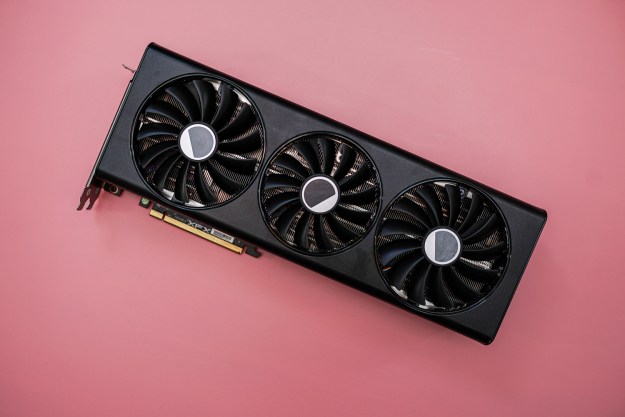When it comes to exploring the Earth’s oceans, scuba divers face a myriad of challenges. With a limited air supply in their tanks, divers only have a short amount of time that they can spend underwater, and when they are in great depths it can be exhausting work. Returning to the surface can help mitigate those issues, but it also wastes a lot of time and energy, while divers also run the risk of contracting decompression sickness (aka the bends) if they rise too quickly. But a pair of veteran divers are looking to change all of that by creating an underwater tent that can serve as base camp for extended expeditions into the depths of the sea.
Designed and patented by National Geographic explorer Michael Lombardi and New York University professor Winslow Burleson, the Ocean Space Habitat (OSH) was conceived and built to overcome the biggest challenges that divers face. The inflatable underwater “tent” allows divers to create a safe, comfortable place to stay while submerged hundreds of feet below the surface of the ocean. The OSH can be brought to a suitable depth, inflated to its proper size, and anchored in place, allowing undersea explorers to come and go as needed.
According to the Ocean Space Habitat’s technical specs, the underwater shelter is made from a unique blend of vinyl and nylon with polyester support strappings and stainless steel hardware. The entire shelter weighs as little as 50 pounds, although it can scale up to as much as 200 pounds depending on the configuration. Onboard carbon dioxide scrubbers can provide a breathable atmosphere for up to six hours with rechargeable batteries powering internal air-circulating fans. Those batteries are also used to run two built-in oxygen monitor displays, which are connected to dual galvanic oxygen sensors.
Essentially, the OSH is designed to serve as a portable underwater campsite that allows divers to stay down longer and remain safer. Inside the tent, undersea explorers can take off their scuba masks, replace tanks, eat a meal, or just have a short rest. The Ocean Space Habitat can also be used as a more relaxing place for divers to decompress before returning to the surface too.
While built with ocean explorers in mind, the OSH could potentially be used for other activities as well. The tent will have military applications and could come in handy during rescue operations, while commercial dive boat operators may also be able to put it to good use. For now, the tent is in its prototype phase, although Lombardi and Burleson are working with potential partners to create an affordable commercial version that can come to market in the near future.


